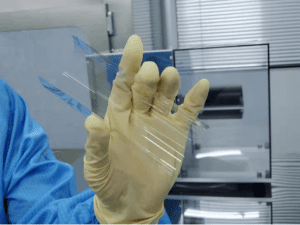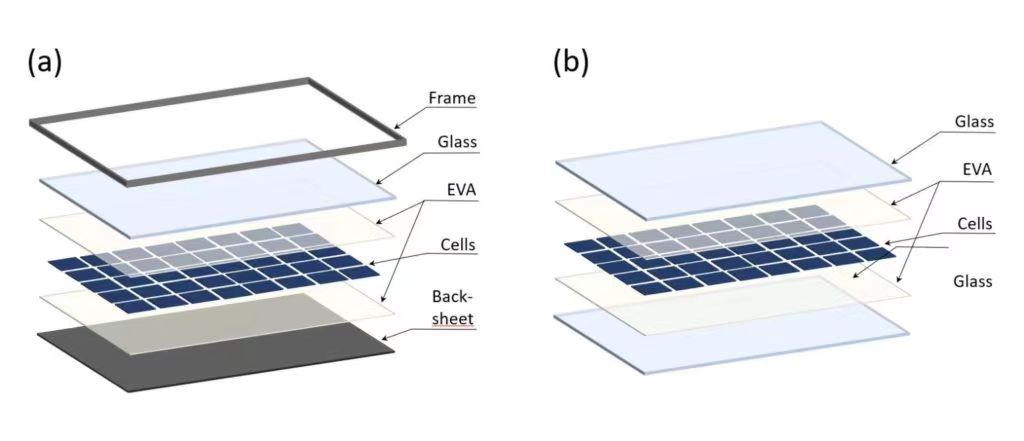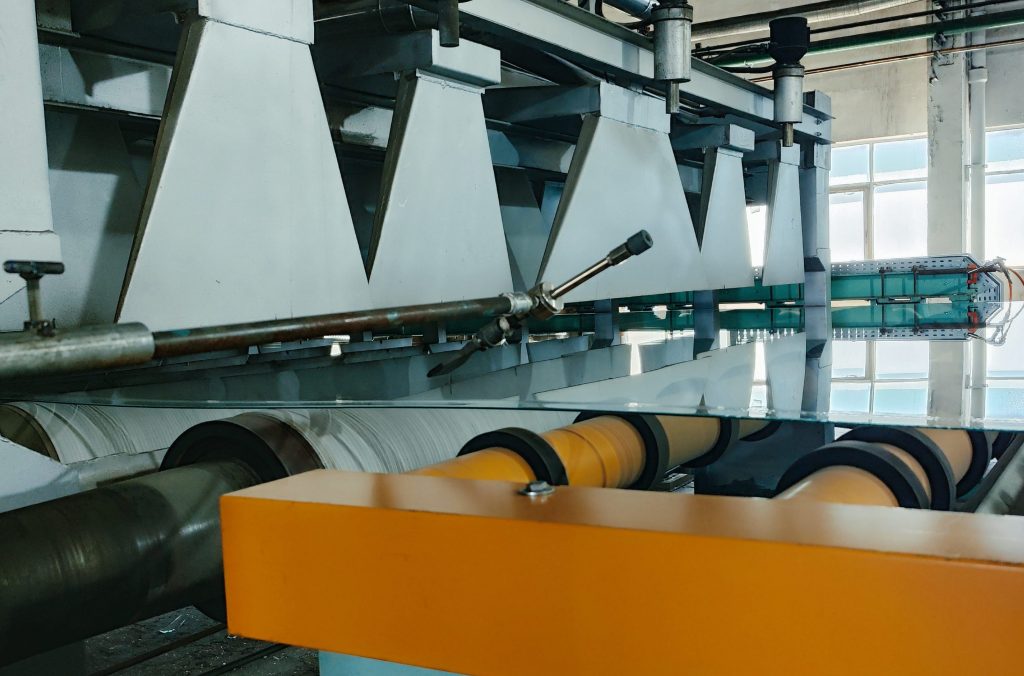0.12mm, the thickness of a piece of A4 paper, it is ultra-thin flexible glass. More than 1,000 technical bottlenecks are broken through one by one! In 2018, this thickness set a record for the world’s thinnest touch glass!
30 microns, or 0.03 mm, is the thinnest foldable glass currently industrialized! After endless bending tests, there was no crack after being folded 1 million times! Flexible foldable glass has become the first choice for cover glass for folding screen mobile phones due to its extremely thin, strong flexibility, high durability, and excellent crease control. There are also LCD computers, LCD TVs, and car displays. Ultra-thin glass is also “showing off its talents.”

What is UTG?
UTG, ‘s full name is “Ultra-Thin Glass”. Its thickness is usually between 1.2 mm and 0.1 mm. Of course, some models have a thickness of less than 0.1 mm. UTG with a thickness greater than 1 mm is usually flat glass, ultra-thin flexible glass with a thickness between 1 and 0.2 millimeters can be bent, while those with a thickness of less than 0.2 meters can have foldable properties. However, considering the scope of application, yield rate, and cost, ultra-thin flexible glass with a thickness of 0.1 mm to 0.5 mm occupies a larger share of the market.
Performance of ultra-thin flexible glass
As an important part of flexible display screens, foldable glass must meet the following requirements:
Flexibility and ductility: Flexibility can be expressed by bending radius and folding radius. The bending radius of ultra-thin flexible glass is about 1~5mm, and the folding radius is 13mm. The ductility is mainly reflected in the fact that there are no obvious creases when the display is switched to the full-screen unfolded state.
High hardness: Ultra-thin flexible glass is not easy to wear and scratch, and has better impact resistance, scratch resistance, and protection. Compared with CPI, it can also be folded without creases.
High strength and good strength performance: From a height of 90 cm, when the mobile phone is dropped with the screen facing up, there are squeeze marks on the middle frame, but there is no damage to the front of the fuselage. In the same situation, if the screen falls face down, the middle frame is impacted, the cover is intact, and the glass has obvious scratches, but it should not be broken.
Good chemical stability: resistant to atmospheric and sweat erosion, difficult to weather. Ultra-thin flexible glass has stable chemical properties. People will inevitably leave sweat and oil stains when using electronic devices, but these will not corrode the glass.

Preparation method of flexible glass
Flexible glass belongs to the category of ultra-thin glass, and its preparation method is often improved based on the preparation method of ultra-thin glass.
However, because the material is extremely thin, microscopic or macroscopic defects have a very obvious impact on its performance, making its preparation more difficult.
- Overflow method: Pour high-purity liquid glass into a “V”-shaped metal tank. When the tank is full, the liquid continues to flow down by gravity. The metal tank is kept at a high temperature, and the liquid glass will condense from the air to a solid state after leaving the metal tank section for a distance. The key to this method is to control the flow rate at the overflow.
Advantages: The surface is formed in gas, the surface quality is high, and no grinding or polishing is required. Disadvantages: Difficult to make large areas, low output.
- Float method: This is the most commonly used in producing ultra-thin glass method in industry. Pour the low-viscosity liquid glass onto the liquid tin bed. After the glass condenses on it, it can be cut and installed.
Advantages: high output, large glass area, easy to make into a production line. Disadvantages: rough surface, tin residue, need to be polished.
- Chemical method: Use fluorine ions to etch the foldable glass to make it thinner. The soaking method and spraying method are easy to operate, but the surface quality is extremely poor.
- Waterfall method: Tilt the glass plate and pour the etching solution from top to bottom. Strictly control the liquid flow rate, which can etch the glass surface evenly with higher quality.
- Re-drawing method: Heat and soften the end of the glass plate, and use a pair of rollers or an edge-drawing machine to draw it into a flexible glass. Easy to mass produce, high quality, but still in the research stage.
- Vapor phase deposition method: react in the gas phase to generate ultra-thin flexible glass on a quartz substrate or liquid tin. The quality is better, but it is difficult to scale up.
If you need to purchase our ultra-thin flexible glass or want more detailed information about our ultra-thin flexible glass, you can contact us. Touchthin will serve you wholeheartedly and provide the most suitable ultra-thin glass.



